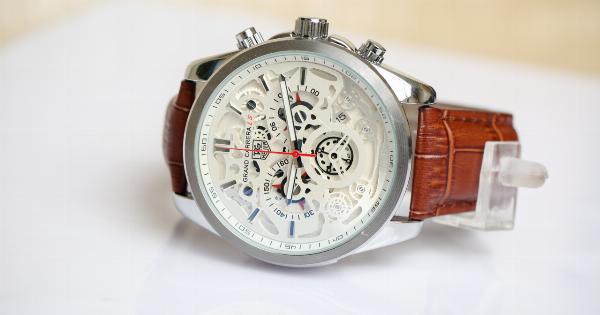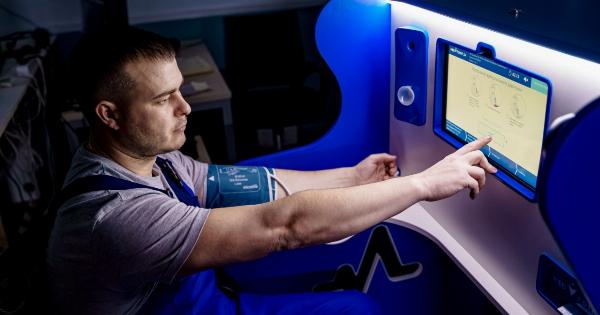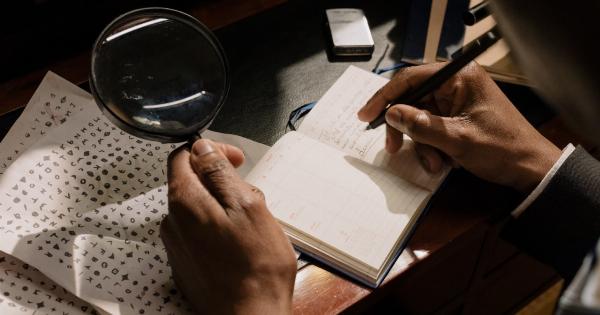Communication is a fundamental part of human interaction. Whether we are expressing our thoughts verbally or through writing, the words we choose and the way we deliver them can reveal a great deal about our true intentions.
In particular, speech patterns offer important clues that can help us uncover lies and deceit. From subtle shifts in tone to specific word choices, these patterns can be key indicators of dishonesty. By understanding these cues and learning how to analyze speech patterns, we can become more adept at detecting deception.
The Importance of Speech Patterns in Detecting Lies
When someone tells a lie, their brain typically goes into overdrive as they try to construct a false narrative. This cognitive pressure often manifests itself in changes to the person’s speech patterns.
By studying these variations, we can recognize incongruities and inconsistencies that may reveal deception.
Tone and Pitch
One of the most obvious clues to deception lies in changes to an individual’s tone of voice and pitch. When someone is lying, their voice may become higher or lower than usual, depending on their personality and the situation.
These shifts can signal discomfort or nervousness, which often accompany dishonesty. Additionally, a person’s speech may lack natural fluctuations that typically occur during honest conversations.
Speech Rate and Rhythm
Lie detection experts have found that changes in speech rate and rhythm can indicate deception. When someone is lying, they may speak faster or slower than they usually do.
A faster rate of speech can indicate anxiety and nervousness, while a slower rate may be an attempt to create a deliberate and controlled narrative. In some cases, a liar may also stumble over their words or have elongated pauses as they struggle to fabricate their story.
Word Choice and Specific Language
The words we choose and the language we use can provide valuable insights into our mindset. When someone is lying, they may avoid using specific and detailed language, opting instead for vague or general terms.
They may also overuse certain phrases or expressions, as a way to buy time and distract the listener from the truth. Additionally, liars often avoid first-person pronouns, as distancing themselves from the lie can make it feel less personal.
Non-Verbal Cues and Gestures
While speech patterns are a crucial aspect of lie detection, it is important to remember that non-verbal cues also play a significant role.
Facial expressions, body movements, and hand gestures can provide additional information about a person’s honesty. When someone is lying, they may exhibit signs of discomfort, such as avoiding eye contact, fidgeting, or crossing their arms. These physical cues should be analyzed in conjunction with speech patterns for a more accurate assessment.
Microexpressions and Vocal Microtremors
Microexpressions, which are fleeting facial expressions that occur spontaneously, can reveal hidden emotions and intentions.
Similarly, vocal microtremors are small, involuntary fluctuations in the vocal cords that can betray a person’s true feelings. Both of these phenomena occur within a split-second and are often difficult to consciously control. By training ourselves to recognize these subtle cues, we can gain valuable insights into a person’s honesty or deception.
The Challenge of Cultural Differences
While speech patterns can be powerful indicators of dishonesty, it is essential to consider cultural differences and individual idiosyncrasies.
Not everyone exhibits the same speech patterns when lying, and various cultural backgrounds may influence communication styles. Therefore, it is crucial to rely on a combination of speech patterns, non-verbal cues, and context for a thorough analysis of truthfulness.
Additionally, it is important to avoid making snap judgments or labeling someone as dishonest solely based on their speech patterns.
Training and Practicing Lie Detection
Becoming adept at uncovering lies through speech patterns requires practice and training. Lie detection experts often undergo extensive training to recognize the subtle nuances and hidden cues that indicate deception.
By studying the techniques used by these experts, individuals can enhance their own lie detection abilities.
Conclusion
Speech patterns offer valuable insights into a person’s honesty or deception. Changes in tone, pitch, speech rate, and rhythm, as well as word choice and non-verbal cues, can all indicate potential deception.
However, it is important to consider cultural differences and individual variations when analyzing speech patterns. With training and practice, individuals can become more proficient at uncovering lies and detecting deception in various social and professional settings.































